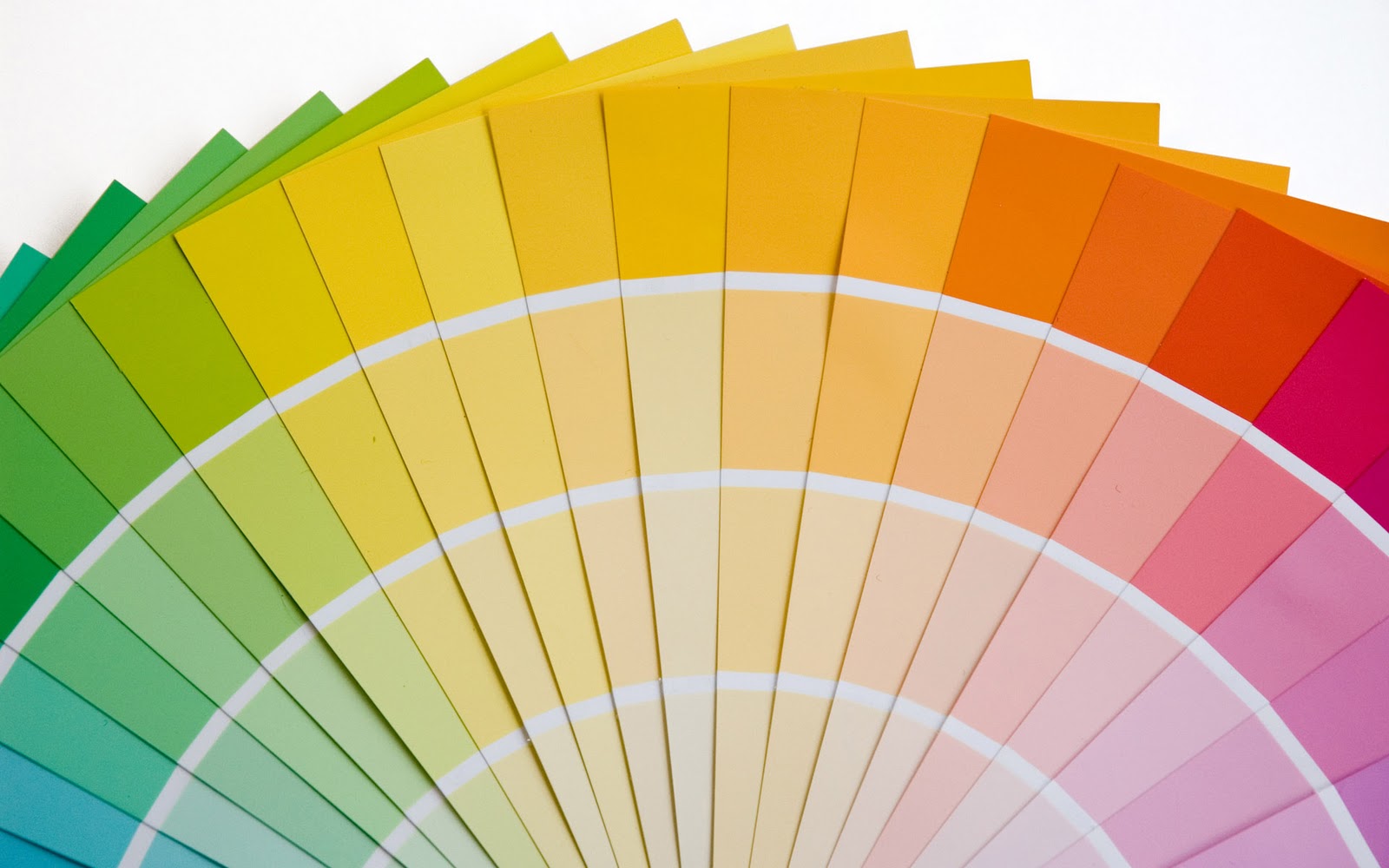
pH strips.
You dip the strip in, wait a few seconds for the colors to change and immediately feel scammed. The water doesn’t measure as high as you expected. In some cases it can even show acidic.
So what’s going on?
Buffered vs. Unbuffered
To start with, we have to understand there are 2 kinds of solutions. The first is buffered. The human body is buffered, so is pool water and aquariums.Buffered means there are mineral concentrations (buffering material) that matches and effects the pH level.
The human body needs actual alkaline minerals to negate acid. That’s why it’s important to eat nutrient and mineral rich foods.
Pools and aquariums need their pH and alkaline levels to be in sync otherwise there can be algae blooms, unsanitary conditions, floating fish and all kinds of other problems. The 2 properties are monitored regularly and can be adjusted using additives, salts, minerals, etc.
pH vs. Alkalinity
The second factor is to understand pH and alkalinity are not the same thing. Alkalinity is a measurement of the concentration of minerals in a solution (buffering material) while pH is measuring the hydrogen potential. Alkalinity requires a change in mineral content, pH can be increased by chemical reaction.You can have water with high pH and low alkalinity as well as low pH and high alkalinity.
Unfortunately, these 2 properties are used interchangeably in the majority of marketing messaging and FAQ answers. Doing so has created all sorts of confusion.
Ultimately, the disconnect between what testing strips indicate vs. the drops is the difference between pH and alkalinity. The strips are measuring alkalinity and the drops pH.
Why this matters
As stated above, the body is a buffered system. It doesn’t want empty pH any more than it does empty calories. So you don’t want to be drinking a water that has a high pH and very little actual benefit to the body.You want a water where the pH and alkaline levels are more closely aligned.
Here’s an example. The 2 pH strips on the left are leading brands of alkaline bottled water. Aquahydrate and Essential. The strip on the right is from the Vitev FLO+.
Notice the differences. Aquahydrate was very low, near a 4 “pH”. Essentia was much better around neutral and the Vitev a bit higher.
Each of them tested higher with pH drops, although Aquahydrate was lower than advertised here as well. When choosing a water, want you want to look for is a smaller gap between strips and drops, which indicates more buffering material and a better fit for what the body requires. You’ll even notice the body incorporates it easier and you won’t have to worry about feeling sick the first few days of drinking it. This is a major problem with the electric ionizers that often have a supercharged pH without the buffering material to support it. The pH levels crash quickly and your body doesn’t respond well to it either.
So if you have a new ionizer pinging 9.5 pH with drops and a 7.5 with strips, that’s not bad.
If you’re getting a 4 with the strips, it might be time to look for a new way to obtain your water.



